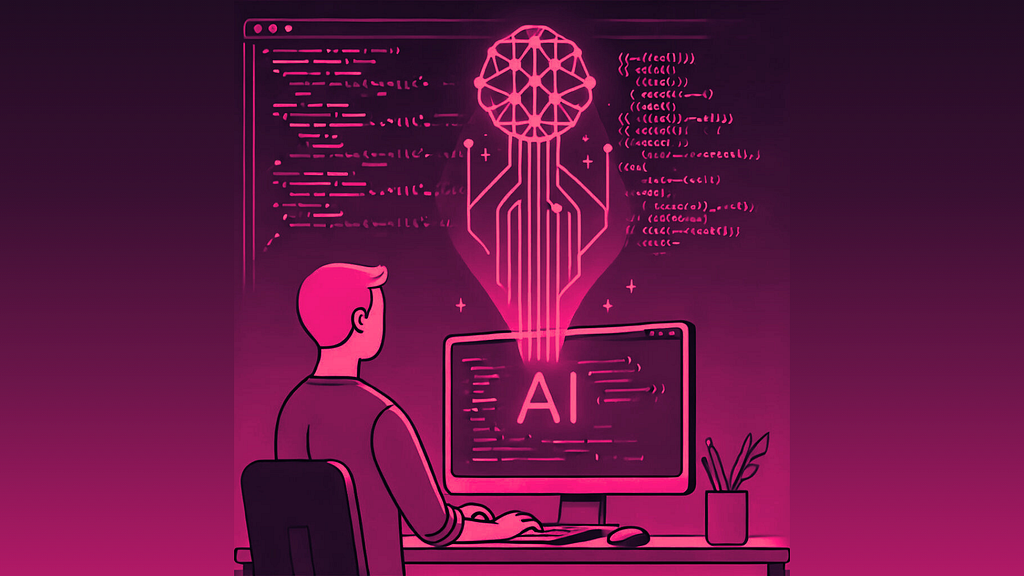Organizations rely on cloud infrastructure for efficiency. An AI-powered assistant automates responses to operational events, improving business continuity.
Industry experts at the NVIDIA AI Summit discussed AV safety, regulations, and technology advancements, emphasizing the importance of improving road safety through continuous development cycles and new simulation tools. MITRE's partnership with Mcity to create a virtual AV validation platform using NVIDIA Omniverse Cloud Sensor RTX APIs was a key highlight of the event.
Article summary: Implementing k-NN Classification Using C# in Microsoft MSDN Magazine showcases the simplicity and interpretability of the k-nearest neighbors technique. Despite being sensitive to training data, it offers easy implementation and impressive accuracy results.
Amazon Q Business introduces new ACL toggle feature for administrators to enable/disable ACL crawling for data source connectors. ACL crawling ensures secure and efficient retrieval of content while respecting access control policies, but can be disabled in certain circumstances for regulatory compliance.
NotebookLM introduces Audio Overviews, a feature that transforms any content into engaging podcast-style discussions with AI hosts. Users can easily create personalized study materials and interactive audio summaries with just one click.
Tech companies lack transparency on photo usage. Experts advise on best practices for sharing baby pictures online.
Melbourne lawyer faces complaint for using AI software to generate false case citations, causing hearing delay. Referral to Victorian legal complaints body after admitting to not verifying documents.
New 'cyclic partition' scheme minimizes value rearrangements for efficient sequence partitioning algorithms. Experimental comparison with Hoare scheme in upcoming chapters.
SK Telecom collaborates with AWS GenAIIC to customize Anthropic Claude models for telco-specific Q&A using Amazon Bedrock, enhancing accuracy and knowledge grounding. The partnership aims to provide concise answers, correctly reference links, and maintain SKT's preferred tone and style in responses, utilizing model customization and synthetic data.
Black Forest Labs introduces FLUX. 1 AI for image generation, optimized for GeForce RTX and NVIDIA RTX GPUs. FLUX. 1 excels in prompt adherence, rendering accurate human anatomy and legible text within images, offering three variants for different user needs.
Amazon Q Business is an AI assistant with over 40 connectors, including Slack, to enhance productivity and knowledge sharing. The integration with Slack allows for quick and secure access to valuable organizational knowledge through generative AI capabilities.
AI video synthesis models like Kling and video-01 from Kuaishou Technology and Minimax are pushing boundaries, creating viral AI-generated videos that are reshaping meme culture. Kling, surpassing Sora, can generate high-quality videos from text prompts, still images, or existing videos, sparking controversy and fascination.
Google Colab, integrated with Generative AI tools, simplifies Python coding. Learn Python easily with no installation needed, thanks to Google Colab's accessible features.
Amazon Lookout for Metrics, a ML anomaly detection service by Amazon, will end support on October 10, 2025. Customers can transition to alternative AWS services like Amazon OpenSearch, CloudWatch, Redshift ML for anomaly detection.
A/B Testing vs. Reject Inference: Selecting the Right Sample Size. Comparing two groups in A/B testing or selecting a representative sample for reject inference is crucial for unbiased results. Understanding success metrics like proportions or absolute numbers is key for accurate experimentation.















